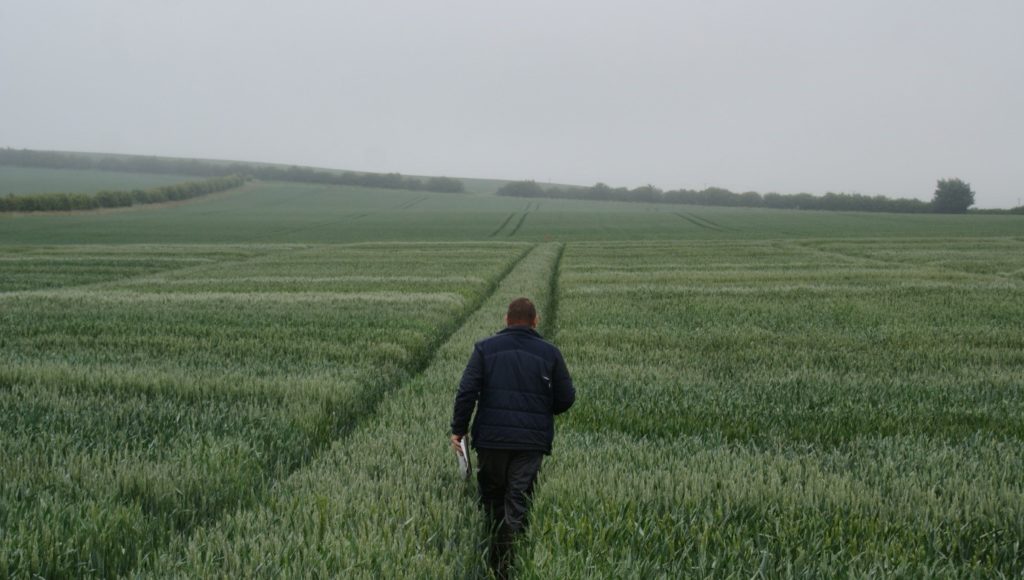Cashing in on Varietal Resistance
1 July 2020The improvements in varietal resistance to Septoria resistance in newer varieties are encouraging and a welcomed addition to the defence armoury given the pressures on fungicides.
But although the ratings in wheat varieties being selected and drilled are improving it is often harder during a season to know how to cash in on this and reduce fungicide inputs.
A five year programme of work looking at the relative impact of sowing date, variety and fungicide input and funded by AHDB has just finished in 2020 and shows that high input programmes are only cost effective in high risk situations. In collaboration with ADAS, NIAB and Teagasc, the Scottish site has been located at the SRUC near Humbie in East Lothian. The full data set has still to be analysed and will help to provide confidence in the seasons and situations where inputs can be reduced, but the yield benefits at Humbie over previous season’s provide useful insights into the benefits of more resistant varieties. Varieties used in the trials ranged from Elation with a rating of 4.3, Elicit at 5.5 and Firefly at 7. The susceptible variety, drilled early yielded a massive 1.6 t/ha more using a high input fungicide programme compared to a low input programme. But yield responses were much lower in lower risk scenarios so the resistant variety yielded only 0.2 t/ha more comparing a low and high input programme. Follow that through to the lowest risk scenario tested which was Firefly (rated 7) drilled in late October where the low dose programme added 0.5 t/ha compared to untreated controls, a moderate input programme added a further 0.2 t/ha and the high input programme added nothing further compared to the moderate input programme.
The trial programme has also shown that differences in Septoria levels between varieties of different ratings can often be quite small when crops are inspected early in the season when sowing date is much more important in terms of the Septoria you are likely to see at early spray timings. But the advantage of resistant varieties becomes more and more visible as the season progresses. This underlines the need to inspect crops regularly when planning input needs and reacting to the situations where fungicide costs can be reduced.
Fiona Burnett, SRUC
Article first published in the Scottish Farmer
Sign up to the FAS newsletter
Receive updates on news, events and publications from Scotland’s Farm Advisory Service

